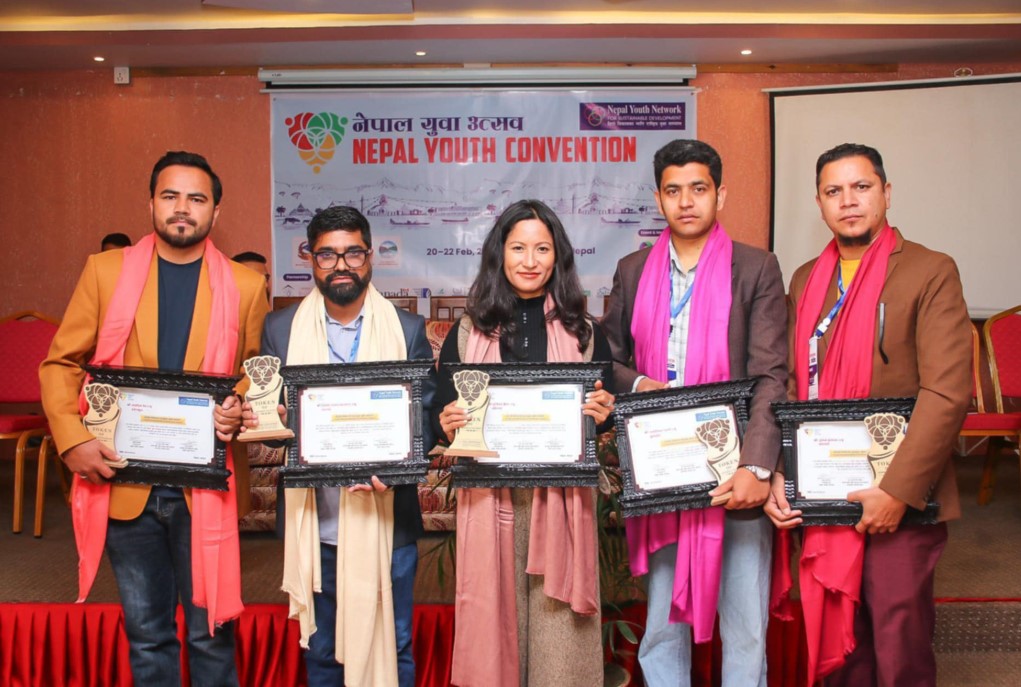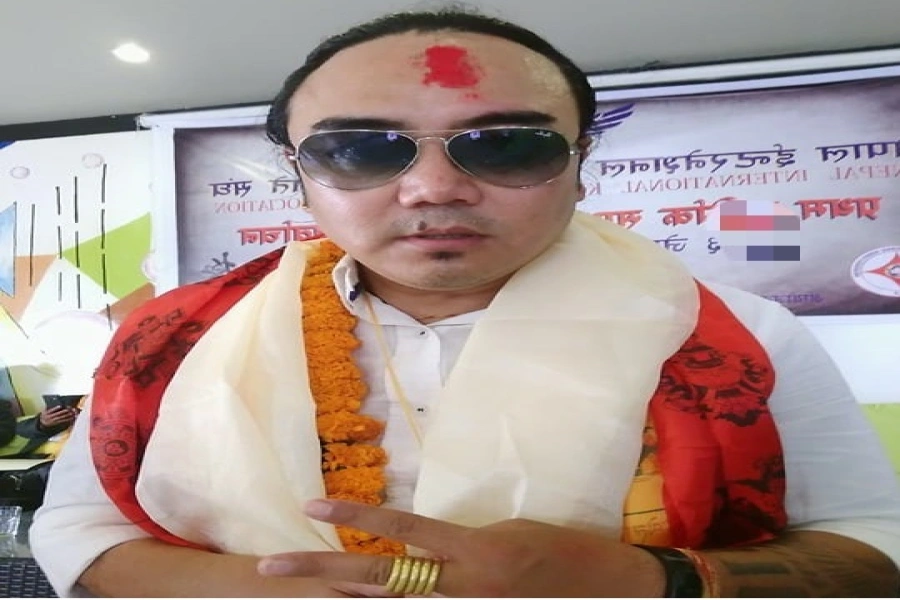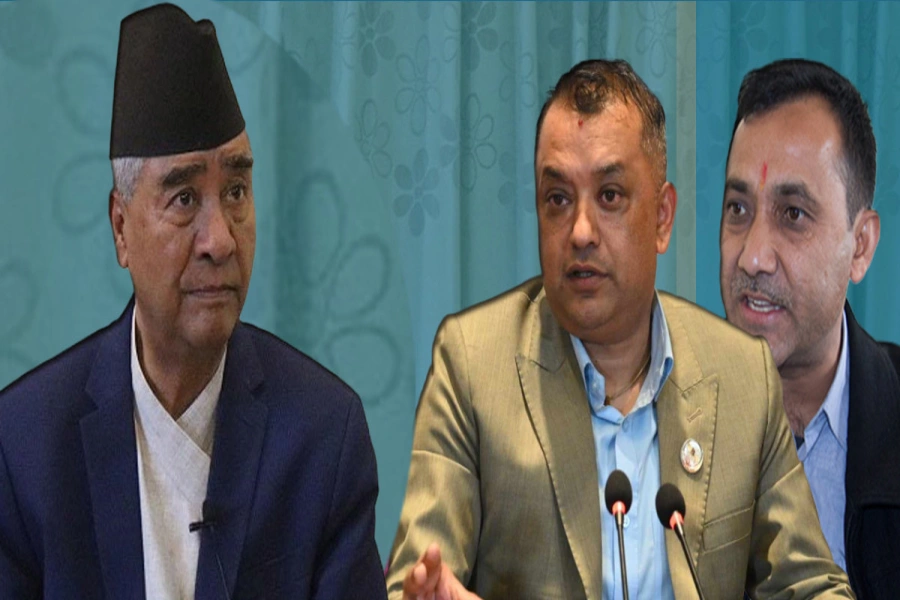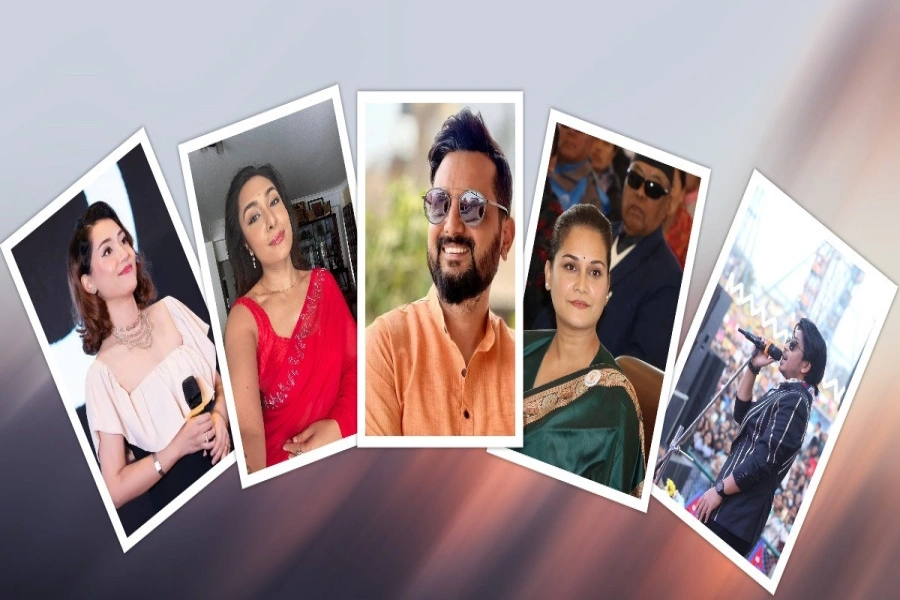A very important conversation that has been happening worldwide among everyday consumers, fashion enthusiasts, designers and producers is the effects of fast fashion. It’s negative effects are seen in many aspects including the environment and it also has multiple other downsides some of which are the production of low quality clothing, unsustainability and exploitation and mistreatment of labor. Although Nepal is not quite as big of a consumer of fast fashion as most of the European and North American nations, the market for it is growing steadily which might appear as a good thing from an economical standpoint but there are a lot of negative aspects to it.
Focusing on one particular aspect of this global conversation, Where N Wear, an online magazine that promotes viable and eco-friendly fashion from around the world, is conducting the Green Sherpa. The event that is being promoted as a ‘sustainable party’ is taking place on Saturday, August 18 at Moksh in Jhamsikhel from 11 am till 7 pm. The Week’s Anweiti Upadhyay caught up with Ishu Dhakras, founder of Where N Wear, to talk about Where N Wear, Green Sherpa, and sustainability in the context of Nepal.
How and why did you start Where N Wear?
I started Where N Wear back in 2012 as a personal blog dedicated completely to fashion, styling, and tips for similar topics. I was working at a big startup in San Francisco then and fashion blogging was in its nascent stage. But even then all that these fashion bloggers seemed to talk about was just buying new things and styling it. Not everybody can afford to spend $50 every time a brand launches its new collection. I was actually on the lookout for someone who could focus on styling pieces of clothing that you already have in your wardrobe. Since I could not find a blog like that, I decided to create my own that would deal with this neglected aspect of fashion. The initial idea was to create a site that would teach you to invest in clothing or accessories that would last a long time and how to style it.
Coca-Cola committed to doing business responsibly
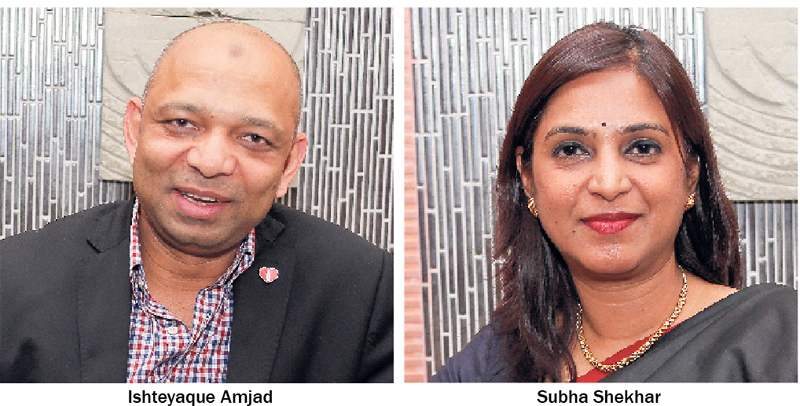
It looks like Where N Wear has restructured itself quite a bit during the past years. How did that happen?
While I was researching for the magazine, I realized that usually people don’t understand what sustainability means and stands for and don’t know what different aspects to consider before naming or calling a brand sustainable. Although, my initial interests were primarily just fashion, the focal idea behind the blog posts refocused on sustainable fashion over the course of the last three years. Back then, appreciating local crafts was a trendy practice both in India and Nepal and that is how I got roped into learning about sustainable fashion. Where N Wear has evolved with my choices in fashion, from talking about brands to being wholly focused on promoting sustainable brands.
What was the biggest challenge that you faced while working on Where N Wear?
I can’t tell you just how many times, during the course of these six years, I was tempted to just be someone who writes reviews for products. Had I done that, I would actually earn from the uploads and write ups on Where N Wear and monetize the site. The fact that all these hours of hard work was not generating any money made it a bit challenging to keep at it. I’ve always dreamed of expanding Where N Wear but that expansion is going slower than I wanted it to because of the financial burden. There was a time when I thought I should start charging brands for features but I never approach them with that proposal because most brands that I work with are small startups and they hardly have any marketing money. And I also felt like that would turn me into an opportunist of sorts who will only feature brands that pay her.
Can you tell us about the plans you have for Where N Wear in the future?
I get quite anxious whenever I think about the future of Where N Wear. Till last December, I had a stable separate job at Anita Dongre’s fashion label. Traveling so frequently between Kathmandu to Bombay, going to work and running the whole website by myself was very inconvenient. Right now, I’m completely devoted to working on Where N Wear and expanding it. The whole process is quite scary because the site has not generated any income till date and, now that I have left my job, I have to make it work. I’m also planning to launch my own lifestyle brand ‘Né Nepal’.
What is the Green Sherpa event all about?
I met so many people while working on Né Nepal and all of them have taught me innumerable things regarding the industry. Also, the things they say about the business and their experiences are what lead to Green Sherpa. The main idea for the event is to connect entrepreneurs and anyone who is working towards sustainability, especially in the fashion industry. I never intended to make it a big event but somehow it has turned into a very anticipated event that so many people in town are talking about.
What can people who attend the event expect from it and what are your personal expectations?
I hope everyone who attends Green Sherpa realizes that sustainable fashion is not a boring topic. I personally feel like sustainability in general comes off as a boring topic because people always talk about it in a loaded way. They tell you facts, give you data and all that does is demotivate you to progress further in the topic. At the event, rather than lecturing the attenders on the effects of plastic on the environment, we will show you how you can repurpose it so that you can control the consumption of plastics in the future. There are also DIY upcycling stations, stalls of numerous sustainable brands showcasing and selling their products, panel discussions on sustainable fashion and sustainability in the context of Nepal. There will also be creative art installations by students from schools around Kathmandu depicting what sustainability means to them. The entry is free and you will also find good food and drinks and can enjoy live music and stand up comedy by Shailee Basnet.









